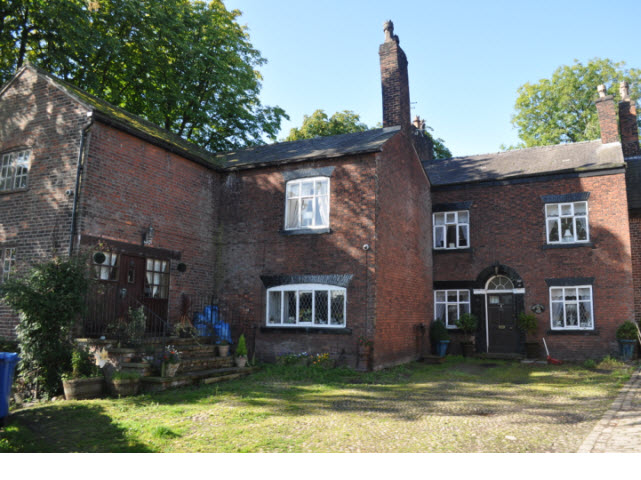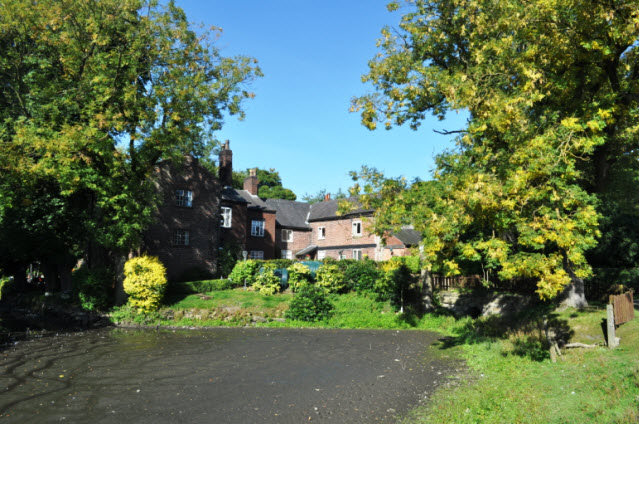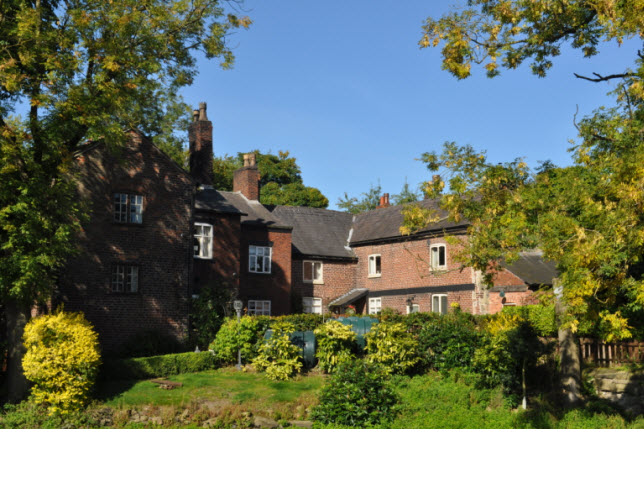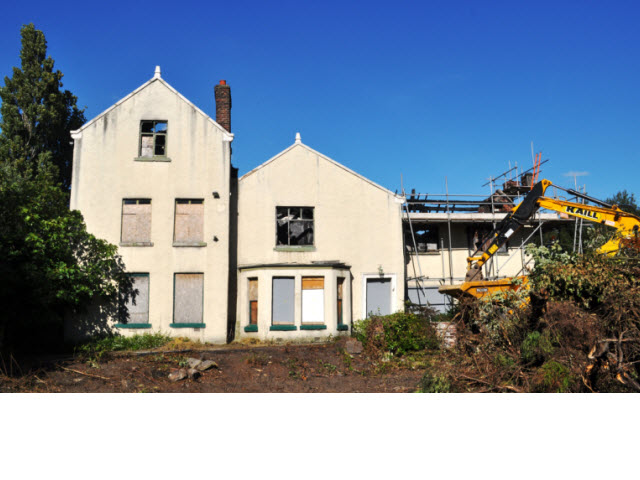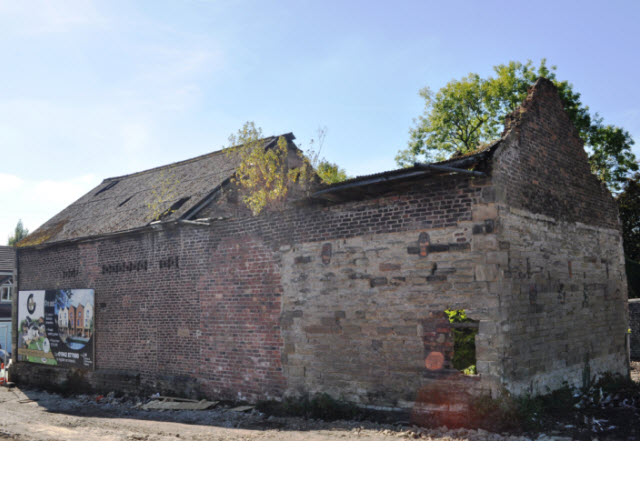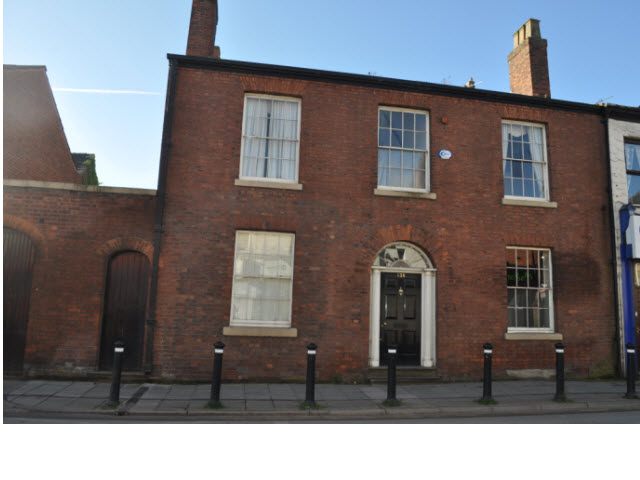Morleys Hall
Morleys Lane (south side), Tyldesley
Description
Moated site, formerly the home of the Tyldesleys, later a meeting place for recusants and in 1641 the home of Ambrose Barlow. 2 houses. Largely C19 but incorporating some C16 and C17 timber-framing.
___________________________________________________________________________
The place-name Morley first occurs in the early thirteenth century when it was an area of pasture land granted to Cockersand Abbey. A family taking the name of Morley and residing there can be traced back certainly to 1303. By 1431, the Leyland family had taken possession of the hall. In 1540 John Leland, the famous antiquary, visited the hall as part of his “Itinerary” of England. He described it as being built largely of timber, on a stone foundation, and surrounded by a moat. Turfs and peat from the nearby Chat Moss were used as fuel. The Hall as it stands today was rebuilt in 1804 but parts of the 16th century hall survive.
Tradition tells of the romantic elopement of Anne, daughter of the Thomas Leyland who succeeded to Morleys in 1547, and Edward Tyldesley of Wardley Hall. Thomas was determined to end the romance as Edward was a second son who stood to inherit nothing. When threats failed, he locked his daughter in her room. She escaped through the window, using bedding as a rope; Edward, waiting on the other side of the moat, threw her a line with which he pulled her across. Then the two mounted a horse and galloped off to Wardley and were married.
Edward Tyldesley inherited the Hall when Thomas Leyland died in 1564. The Tyldesleys were prominent Catholics, despite the penalties levied against 'Papists'. When Edward died in 1587, it was said that “his children and familie are verie greatlie corrupted and fewe or none of them came to church.”
The Hall became a secret rendezvous for Catholic services. In 1641 a priest by the name of Edward Ambrose Barlow was arrested during one of these secret services. One story has it that the vicar of Leigh marched his congregation out to apprehend Barlow. Barlow was tried and executed but his name lives on as he was recently canonised as St. Ambrose Barlow.
Sir Thomas Tyldesley was the most famous of the line. Taking the King's part at the outbreak of the Civil War, he raised troops at his own expense and fought in many battles. Exiled in 1649, he returned in 1651 in a new rebellion but he was killed and his troops defeated in the Battle of Wigan Lane, where a monument still commemorates the event. Link
The later Tyldesleys did not reside regularly at Morleys. They became increasingly impoverished — their involvement in the unsuccessful Jacobite rebellions of 1715 and 1745 and the fines levied against Catholics both played a part - and in 1755 they sold Morleys to the Leghs of Chorley.
Source: Leigh History Society

